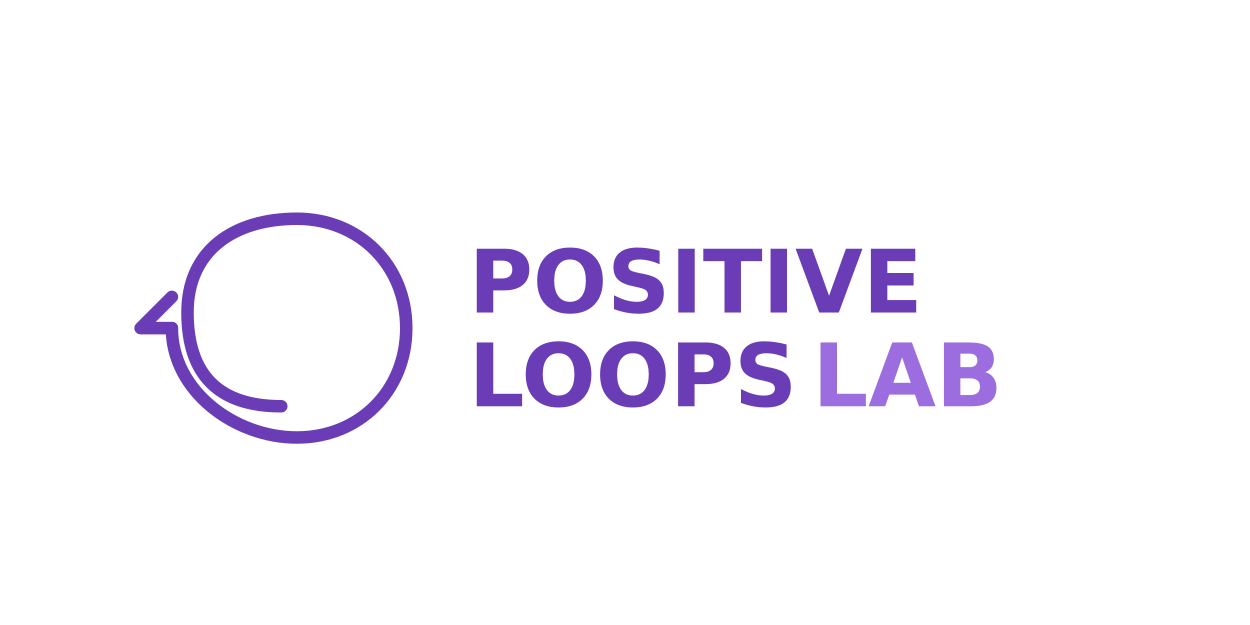This article is part of a six-part series examining how traditional financial reporting standards can transform social outcomes reporting in financial inclusion. Each article explores one qualitative characteristic from financial reporting and provides practical guidance for applying it to social impact measurement.
Understanding Timeliness in Social Outcomes
Timeliness means having information available to decision makers when it can influence their decisions.
Information that arrives too late, no matter how accurate or relevant, loses its ability to impact choices and create value. In financial reporting, timeliness is achieved through regular reporting cycles, preliminary results, and increasingly - real-time dashboards. These ensure decision makers have current information when they need it. Social outcomes reporting requires the same urgency.
Most impact reporting in financial inclusion suffers from extreme delays. Data collected through annual surveys or external "Impact Measurement Specialist" companies takes months to analyse, with reports produced long after the information could have influenced decisions. This disconnect creates an inevitable consequence: financial data drives daily operations while social outcomes become an afterthought.
Why Timeliness Matters
Late social outcomes data creates multiple problems:
- Missed Opportunities: By the time impact data arrives, opportunities to adjust programs, reallocate resources, or respond to client needs have often passed
- Operational Disconnection: When social data operates on a different timeline than operational decision making, it inevitably becomes secondary
- Feedback Loop Failures: Delayed information prevents learning and adaptation
- Poor Quality Decisions: Stakeholders make choices based on outdated information, undermining effectiveness
Without timely social data, financial inclusion organisations inevitably drift toward financial metrics as their primary decision drivers, regardless of stated social mission.
Steps to Implement Timeliness in Social Outcomes Reporting
1. Map Decision Cycles
Start by understanding when information is needed:
- Identify key stakeholder groups who use your impact data
- Document their decision calendars (board meetings, strategic planning, funding cycles)
- Categorise decisions: strategic, operational, programmatic, or funding related
- Determine how far in advance data must be available before each decision
Alignment with decision cycles is the foundation of timeliness.
2. Conduct a Timeliness Audit
Assess your current reporting speed:
- Document when each metric is currently reported
- Calculate the lag between data collection and availability
- Identify specific bottlenecks causing delays
- Compare your reporting timelines to industry benchmarks
Understanding current performance is essential for improvement.
3. Develop Timeliness Requirements
Create clear standards for reporting speed:
- Define maximum acceptable lag for each key metric
- Categorise metrics by urgency (real-time, daily, weekly, monthly, quarterly)
- Identify metrics that require accelerated reporting
- Define events that trigger special reporting timeframes
Different decisions require different timeliness standards.
4. Design Optimised Data Collection
Reimagine data gathering for speed:
- Embed social data collection into normal business operations
- Implement digital tools for point of service data capture
- Create automated connections between source systems
- Establish collection frequency protocols for each metric
When social data is collected as part of regular operations, timeliness becomes possible.
5. Implement Data Processing Optimisation
Streamline the journey from collection to reporting:
- Map and optimise data workflows
- Identify and eliminate bottlenecks
- Establish maximum time allowed for each processing step
- Implement automation to minimise manual handling
Efficient processing prevents collected data from sitting unused.
6. Develop Preliminary Reporting Capabilities
Create systems for sharing early insights:
- Establish protocols for releasing unverified data for operational teams
- Develop confidence indicators to communicate reliability levels
- Create templates specifically for preliminary reporting
- Design update mechanisms for when preliminary data is refined
Preliminary data with appropriate caveats is often more valuable than perfect data that arrives too late.
7. Build Real Time Dashboards
Create dynamic reporting systems:
- Identify metrics suitable for real time or near real time reporting
- Design user friendly dashboard interfaces
- Create notification systems for significant changes
Dashboards bring social outcomes into daily decision processes.
Technology Requirements for Timeliness
Effective timeliness depends on systems that enable rapid data flow:
- Cloud-Based Core Banking Systems: Enable real-time data access and integration
- Digital Data Collection Tools: Eliminate delays between field observation and system entry
- Automated Processing Workflows: Remove manual bottlenecks in data preparation
- APIs: Connect systems to eliminate data transfer delays
- Advanced: Push Notification Systems: Alert stakeholders to new information immediately
Common Pitfalls to Avoid
Organisations frequently undermine timeliness through these common mistakes:
- Calendar Fixation: Adhering to arbitrary reporting periods unconnected to decision cycles
- Missed Decision Windows: Providing information after key decisions have been made
- Perfectionism: Unwillingness to release until reports are flawless
- Last Minute Collection: Rushed data gathering leading to quality issues
- Review Delays: Excessive approval layers slowing report release
- Analysis Paralysis: Excessive time spent analysing data before sharing
- All or Nothing Release Approach: Waiting to release entire reports rather than components
- Process Outcome Timing Confusion: Applying same timeliness standards to process and outcome metrics
Moving Forward
Timeliness isn't about rushing important work.
It's about ensuring valuable information reaches all decision makers, from client facing staff to board members and investors, when they need it. When organisations commit to timely social outcomes reporting, they integrate outcomes considerations into daily operations rather than treating them as an annual reflection exercise.
The financial inclusion industry has operated too long with social data that arrives months or years after it could influence decisions. By applying the timeliness standard from financial reporting, we can finally bring social outcomes into the daily rhythm of organisational decision making, ensuring our social mission drives actions rather than just to satisfy annual (at best) reports.

